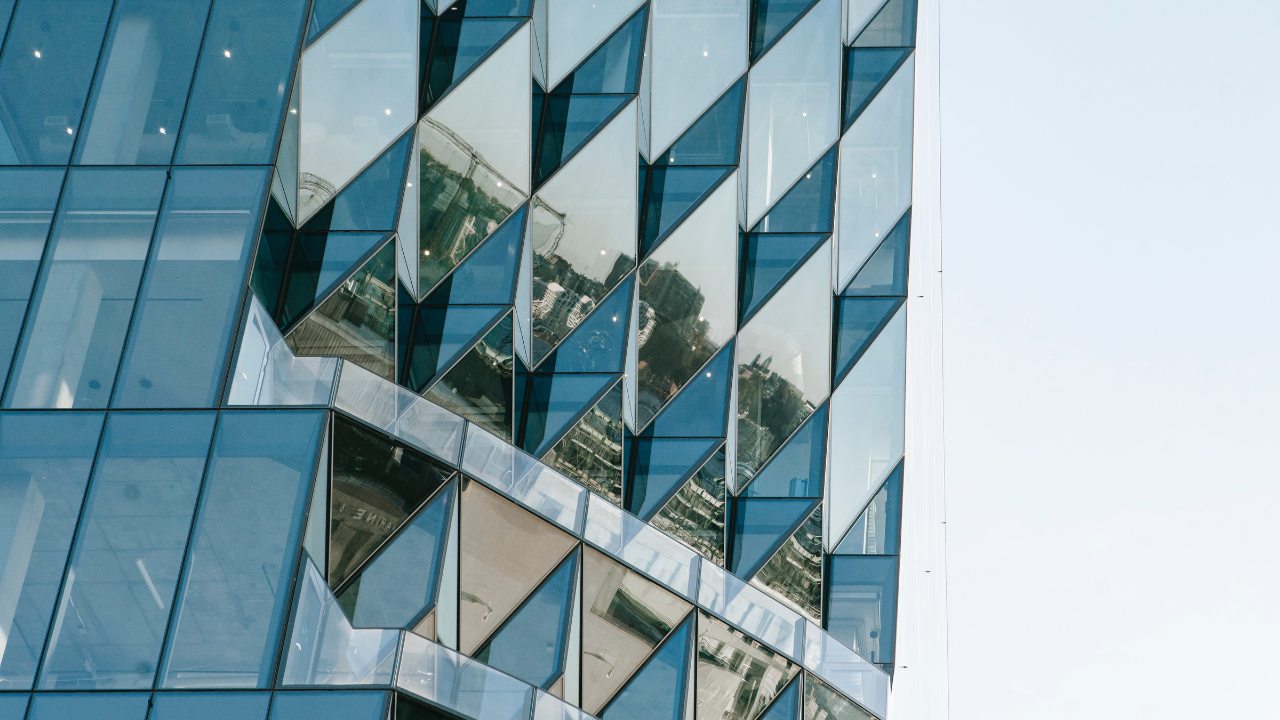Urban planners are being faced with the daunting task of reevaluating public spaces to make them future-proof for a post-pandemic society.
The pandemic lockdowns have highlighted the importance of outdoor spaces for our physical and mental wellbeing, which has increasingly become a priority for individuals and organizations over the course of the year.
This includes our changing preferences in how and where we work. A Deloitte study found that 61% of office workers want to work from home more now than they did prior to the pandemic.
That means planners need to create urban environments that nurture this major shift in the workforce.
Knowing this, we can expect a new emergence of health-conscious spaces that feature touchless technology, designs that support distancing and more to prevent virus transmission.
For example, architecture firm Astudio’s Ebury Bridge Estate project in London provides residents a place to live safely during the pandemic. It features garden squares and virtual reality walkthroughs to prevent non-essential workers from visiting the site.
Data will be crucial in making these changes to have an understanding of population flows and density levels across cities.

 Dr. Gleb Tsipursky – The Office Whisperer
Dr. Gleb Tsipursky – The Office Whisperer Nirit Cohen – WorkFutures
Nirit Cohen – WorkFutures Angela Howard – Culture Expert
Angela Howard – Culture Expert Drew Jones – Design & Innovation
Drew Jones – Design & Innovation Jonathan Price – CRE & Flex Expert
Jonathan Price – CRE & Flex Expert










